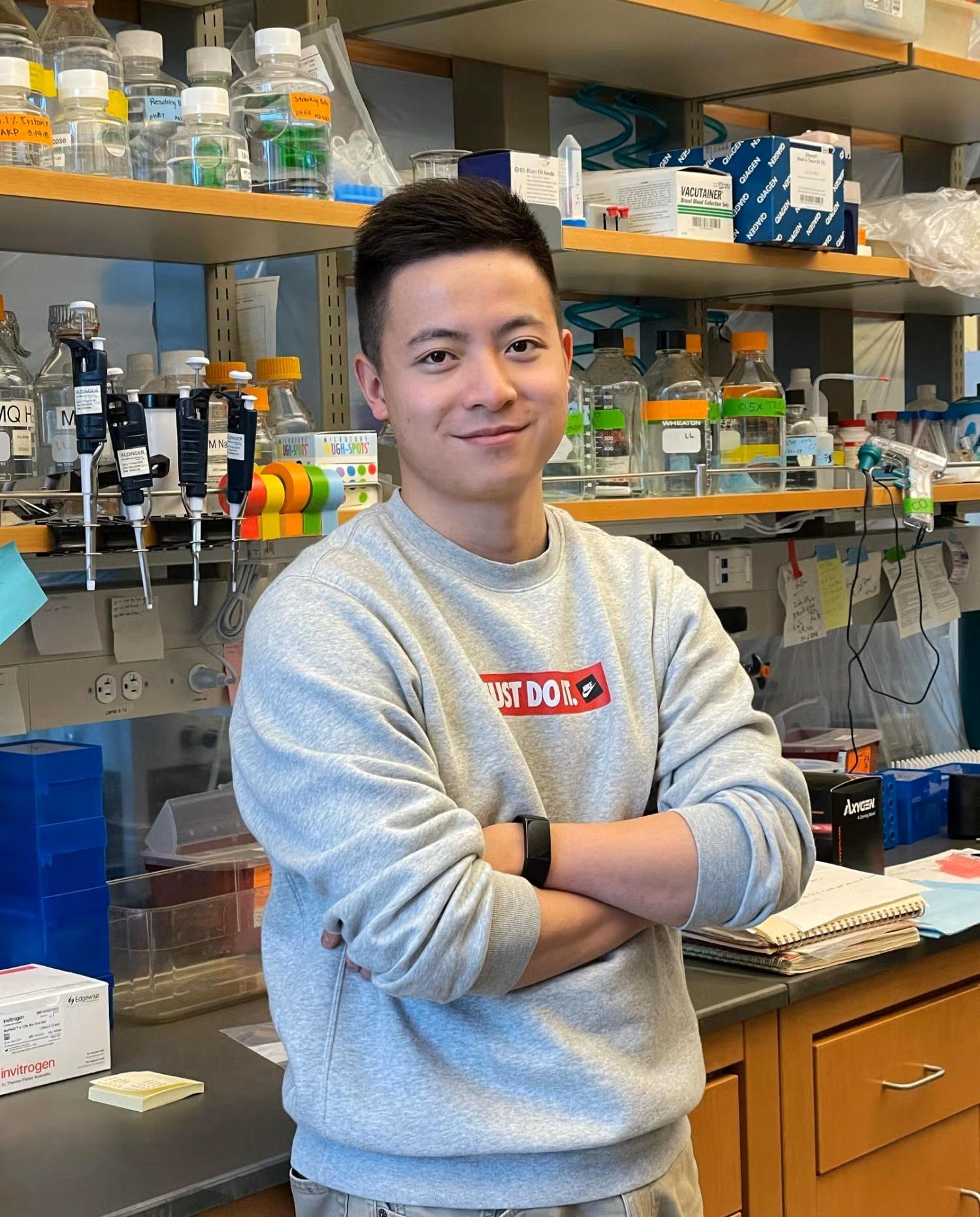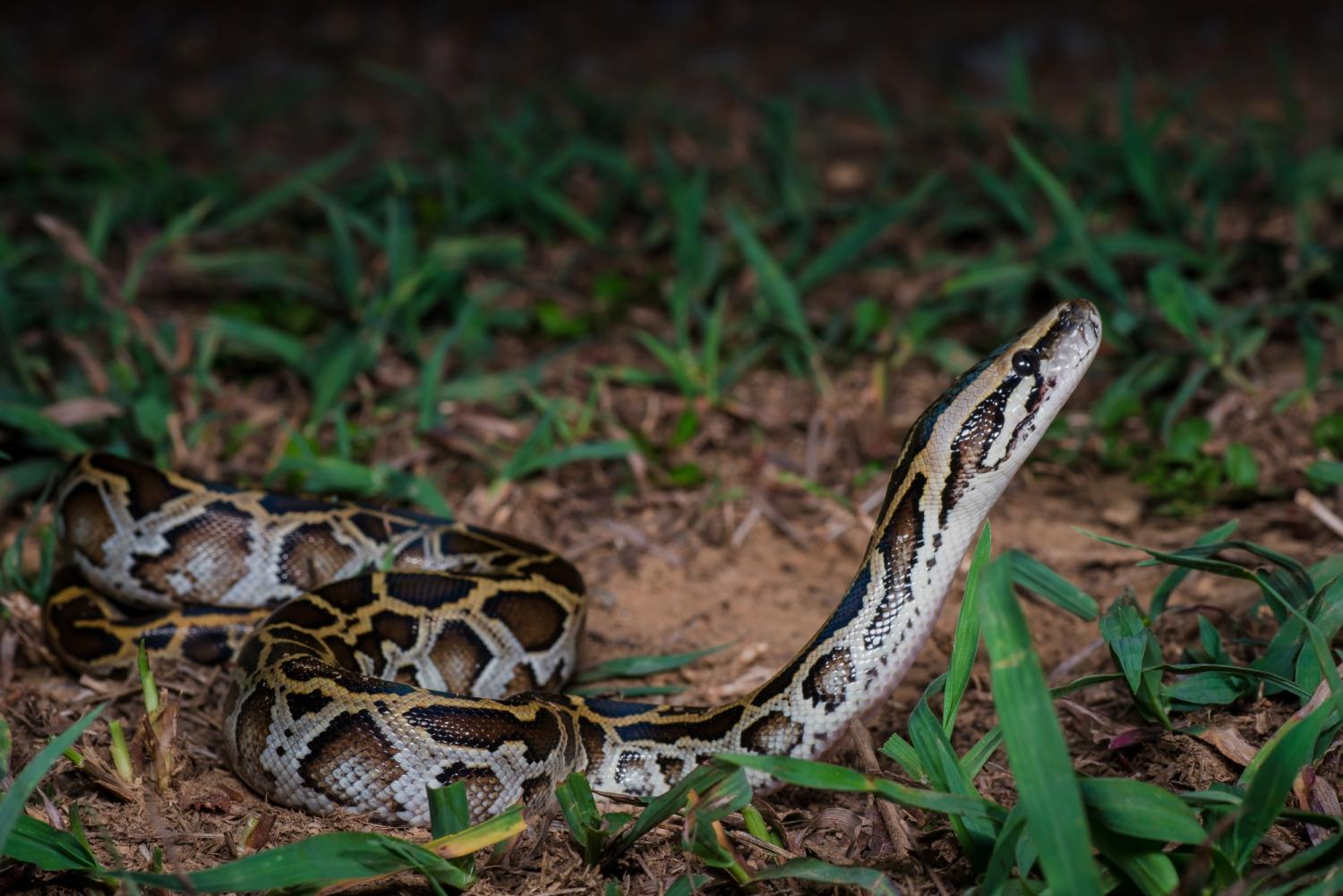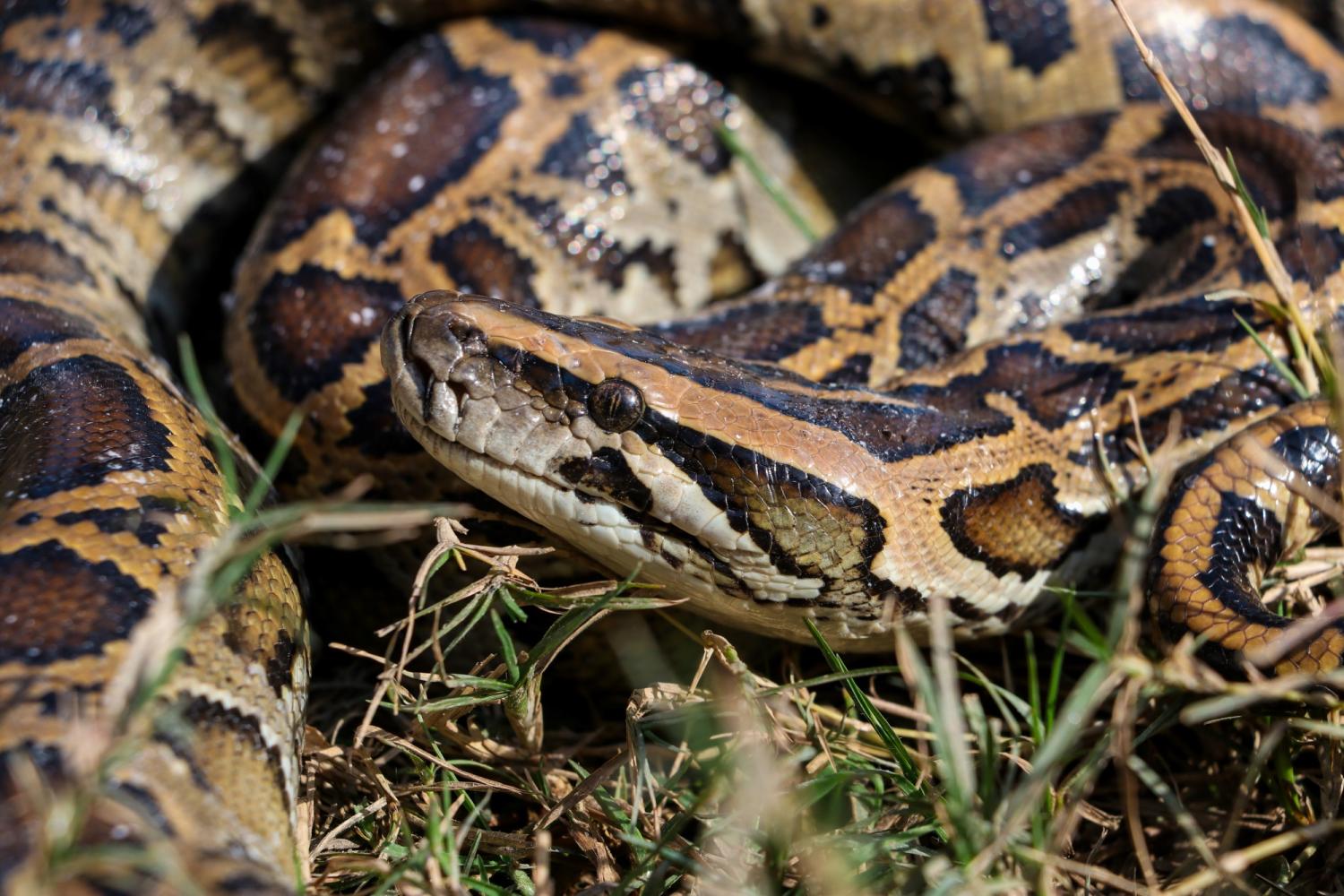Research on python hearts has possible implications for human medicine
CU Boulder scientists discover the growth of new tissue in Burmese python hearts, which may be transferrable to mammals
Heart disease is the top cause of death in the United States, resulting in one in three deaths in 2023. In addition to being such a vital organ, the adult heart, unlike other parts of the body, cannot heal itself, only adapt to the damage caused by cardiac events like heart attacks.
In cases of minor injuries like skin wounds, damaged tissue grows back as the surrounding cells begin to replicate themselves and ultimately replace what was lost or damaged. Because cells in developed hearts cannot replicate, they must instead change in size and organization to adapt, but this process is itself pathological and will eventually lead to heart failure if the underlying issue is left untreated.
All of this is true in humans, but there are some examples of animals that can grow new heart cells even after the early stages of their development. Newts, zebrafish and spiny mice can all restart the mitotic reproduction of heart cells as adults in response to cardiac injury. In a previous study of hypertrophy—the process adult human hearts use to adapt to damage—in Burmese pythons, University of Colorado Boulder researchers discovered that the snakes’ heart cells can replicate themselves, too, under certain conditions.

CU Boulder postdoctoral researcher Yuxiao Tan and his research colleagues are studying the mechanism by which pythons' heart cells are enabled to replicate and how it could be transferred to mammals.
Yuxiao Tan, Thomas Martin, Angela Peter, Christopher Ozeroff, Christopher Ebmeier, Ryan Doptis, Brooke Harrison and Leslie Leinwand conducted a recently published follow-up study based on this information, not only discovering a fuller, dynamic model of how pythons grow after meals, but also the mechanism by which their heart cells are enabled to replicate and how it could be transferred to mammals. According to Tan, once this transferability is fully explored, it is possible that the process could be used to treat the tissue damage associated with heart disease.
Hyperplasia vs. hypertrophy
First, it’s important to understand the difference between the kind of growth that allows for regeneration and the kind of growth that normally occurs in the adult human heart. The first form of growth is called hyperplasia and the second is called hypertrophy.
“Hypertrophy means the cell is growing in size,” explains Tan, a postdoctoral researcher in the Leinwand Lab. “Hyperplasia means the cell is dividing, proliferating, so they are growing in numbers.” Hyperplasia happens because of a cellular process called mitosis, while hypertrophy happens because of an expansion in the volume and surface area of cells.
The human heart undergoes both hyperplasia and hypertrophy, but hyperplasia only happens during fetal development; after that, the heart can only grow when its cells increase in size. Both processes cause growth, but hyperplasia can be regenerative, and hypertrophy can be adaptive. Additionally, although hypertrophy is pathological in the context of cardiac injury, it can also be healthy or physiological, in which case it is reversible. The pythons in this study underwent physiological hypertrophy because no injuries were introduced to their hearts.
Growth after meals
Burmese pythons are predators that consume large prey infrequently, sometimes going months or even more than a year without feeding. When they are between meals, their metabolism is slowed to save energy, but once they begin digesting a large meal, it increases massively.
Correspondingly, the python’s organs, including the heart, grow, expanding by 20 to 40 percent over several days. This growth was generally understood to be driven by hypertrophy because the python’s organs return to their normal size almost as quickly as they grow—it is reversible, just like physiological cardiac hypertrophy in humans. However, the researchers discovered that, if fed enough, the python’s heart would not shrink all the way back to what its weight was before feeding.
“Their organs grow after a big meal,” Tan says, “but it’s very transient, very temporary. After one standard meal, if you look at other papers, the organ shrank back to its original size.” Depending on how much and how often the pythons ate, though, the results were different, as the researchers proved by assigning 24 pythons different feeding regimens and observing how those regimens affected them. The pythons were either “Fasted,” “Normal Fed,” “Frequent Fed” or “Frequent Fed/Fasted.”

Burmese pythons are predators that consume large prey infrequently, sometimes going months or even more than a year without feeding. (Photo: Wikimedia Commons)
“There were frequent feeding regimens, which means we fed them every four days, and they usually average 28 days between meals,” Tan explains. As expected, the Fasted pythons grew the least while the Normal Fed animals grew a bit more and Frequent Fed and Frequent Fed/Fasted pythons grew massively. Meanwhile, although the Frequent Fed and Frequent Fed/Fasted pythons were fed the same amount for eight weeks, the fact that the latter was not fed for four weeks after led to unique results.
While the Frequent Fed/Fasted pythons’ body weight and major organ masses (such as those of the kidney and liver) decreased once they were no longer able to eat so often, the total weight of their hearts remained elevated. This indicates that, while heart growth in Burmese pythons is normally caused by hypertrophy, when they can eat often enough, a different kind of cellular signaling occurs in the heart, and hypertrophic growth is locked in through hyperplasia. So, under the right circumstances, both methods of growth occur, with hypertrophic growth preceding hyperplastic growth.
“It’s a hybrid model,” Tan says. “In the past, we only considered hypertrophy, but in my study, hypertrophy happens first, and then it’s quickly followed up by the hyperplastic process.” Tan says that hyperplasia comes with de-differentiation in this case: The cells that are able to multiply lose their adult functionality during the process.
“During hypertrophy, they don’t want proliferation yet, because cells will de-differentiate and lose contractility. That’s why, at the early stage, when they need the heart to perform, it’s just hypertrophy, but once they complete most of the process, the heart can take a short break, so the cells can divide as well. I propose that’s why hypertrophy happens first.”
Differential gene expression
This leaves an important question: How do Burmese python hearts undergo hyperplasia when adult hearts, including those of these pythons, aren’t normally able to? The answer has to do with the way that genes are expressed by heart cells.

In a previous CU Boulder study, researchers showed that the plasma of fed Burmese pythons promoted healthy cardiac hypertrophy in mammals. (Photo: Wikimedia Commons)
Heart cells are capable of hyperplastic growth in principle—they do it during fetal development to form the basic structure of the adult heart. However, after that early stage of development, the heart changes in many ways, including its cells becoming unable to replicate. These two forms of behavior, or differential expressions of the genes, occur because some of the cells’ genes are inactivated after early development.
The genome is like a set of instructions or code that determines how cells behave, with individual genes being like one item in a list of instructions or a line of code. When a gene is inactivated, it is like an item being crossed out or a line of code being commented out: The information isn’t lost, but the way it is annotated tells cells not to follow that part of the instructions or execute that code. Still, something that is crossed out can be rewritten, or something commented out can be uncommented, and this is true for genes as well; a gene that is inactivated can be reactivated.
“You have genes involved in mitotic pathways,” Tan says, “and when they get activated, that will send cells into a mitotic stage, so the cells will prepare themselves for division.” This differential expression is studied through gene set enrichment analysis. “Enrichment simply means these genes in a cluster of genes are activated at the same time,” Tan explains.
Aside from the masses of Frequent Fed pythons’ hearts remaining elevated, the researchers know that mitosis is happening in the animals’ hearts because they observed signals associated with cellular reproduction and because the process was captured with 3D imaging.
“First of all, you see green, because the pHH3 protein is activated, and that means cells are in the mitotic stage,” Tan explains. “For a non-dividing cell, you wouldn’t see anything. Then the figure shows a cell with two nuclei. Everything has one nucleus, but in that cell, there are two, and they’re pulling apart.” This describes the process of mitosis, where the cell duplicates its DNA in its nucleus, the barrier between the nucleus and the rest of the cell breaks down, and the two nuclei—or sets of nucleus content, which will soon become distinct nuclei—are separated into their own cells.
Implications and future research
Although the researchers have good evidence that something in Frequent Fed pythons’ bodies is triggering hyperplastic growth in their hearts, what it is exactly remains unknown. Tan says that the growth was likely triggered by circulating factors in the pythons’ blood plasma. In an earlier study, the researchers showed that the plasma of fed Burmese pythons promoted healthy cardiac hypertrophy in mammals. Along the same lines, the plasma of fed pythons, and especially that of Frequent Fed pythons, activated hyperplasia.
“The python plasma started the cell cycle again, so that means there’s something there,” Tan says. “You can translate the snake biology to mammals, because the protein activated mammal cells. It’s hard to say if we could use this for drug development, but that’s provisioned here. You identify the factor, synthesize it, and use that. I think it has the potential to be something, but we just don’t know yet.”
A medicine that can regenerate people’s hearts sounds like it would change the world, but because this study did not involve Burmese pythons with injured hearts, we don’t even know how much they could recover using this process yet, much less how well it would work in humans.
“Once people get a heart attack,” Tan says, “the injuries have already happened, and some cells have died already, which will affect your heart function. You can’t just fully recover and get rid of the scar, but at least if the heart cells are able to grow back, even just a little, that’s going to help your overall cardiac function.”
Did you enjoy this article? Subscribe to our newsletter. Passionate about molecular, cellular and developmental biology? Show your support.

